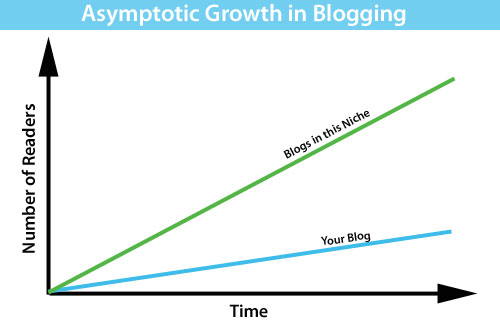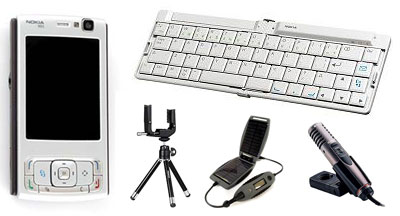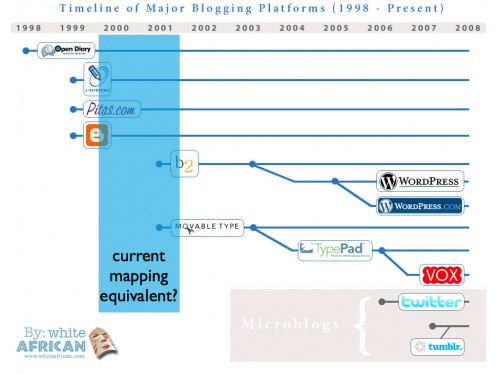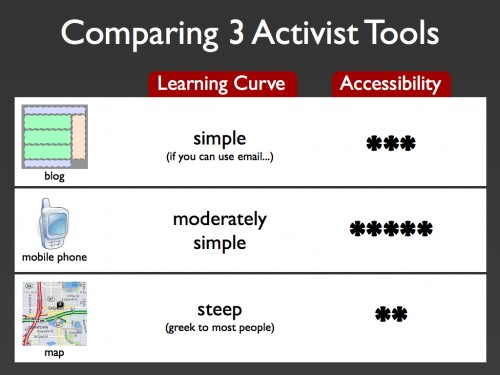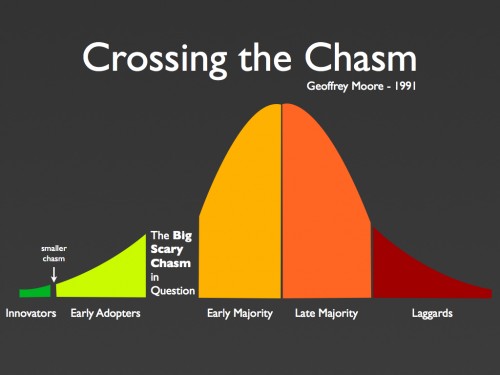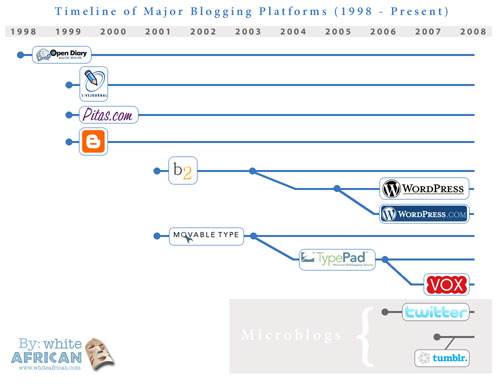I spent this Saturday morning listening to some pretty smart bloggers at IZEAfest in Orlando (Merlin Mann, Loren Feldman, etc.). This afternoon I’m on a panel talking about blogging tools. Below are my notes and slides for that short talk.
Simplify & Streamline It
If you’re like me, you don’t blog for a living, but you’re trying to blog while you’re living. I need tools and features that simplify my life and make it easy for me to be more effective as I’m doing the day-to-day things that actually run my life. That means I mainly want tools to work in the background, or I want a system coordinated in such a way as to make the work I have to do a lot easier and streamlined. So, it’s a little bit about making things easier and being productive while going about it.
All Things in Moderation
My next consideration is how cluttered additional items make the site look. Your mileage may vary – and it will depending upon your readership, but I like to keep my sidebar clean. Not empty, but with items that are relevant. So, I’m extremely careful about adding a new sidebar item. For me, this rule also applies to the posts themselves, so I’m careful not to add too much before or after the main text as well.
